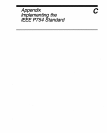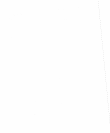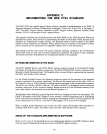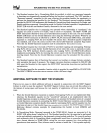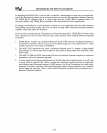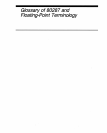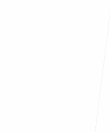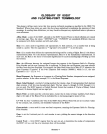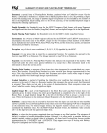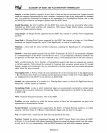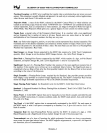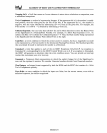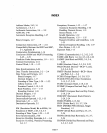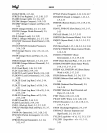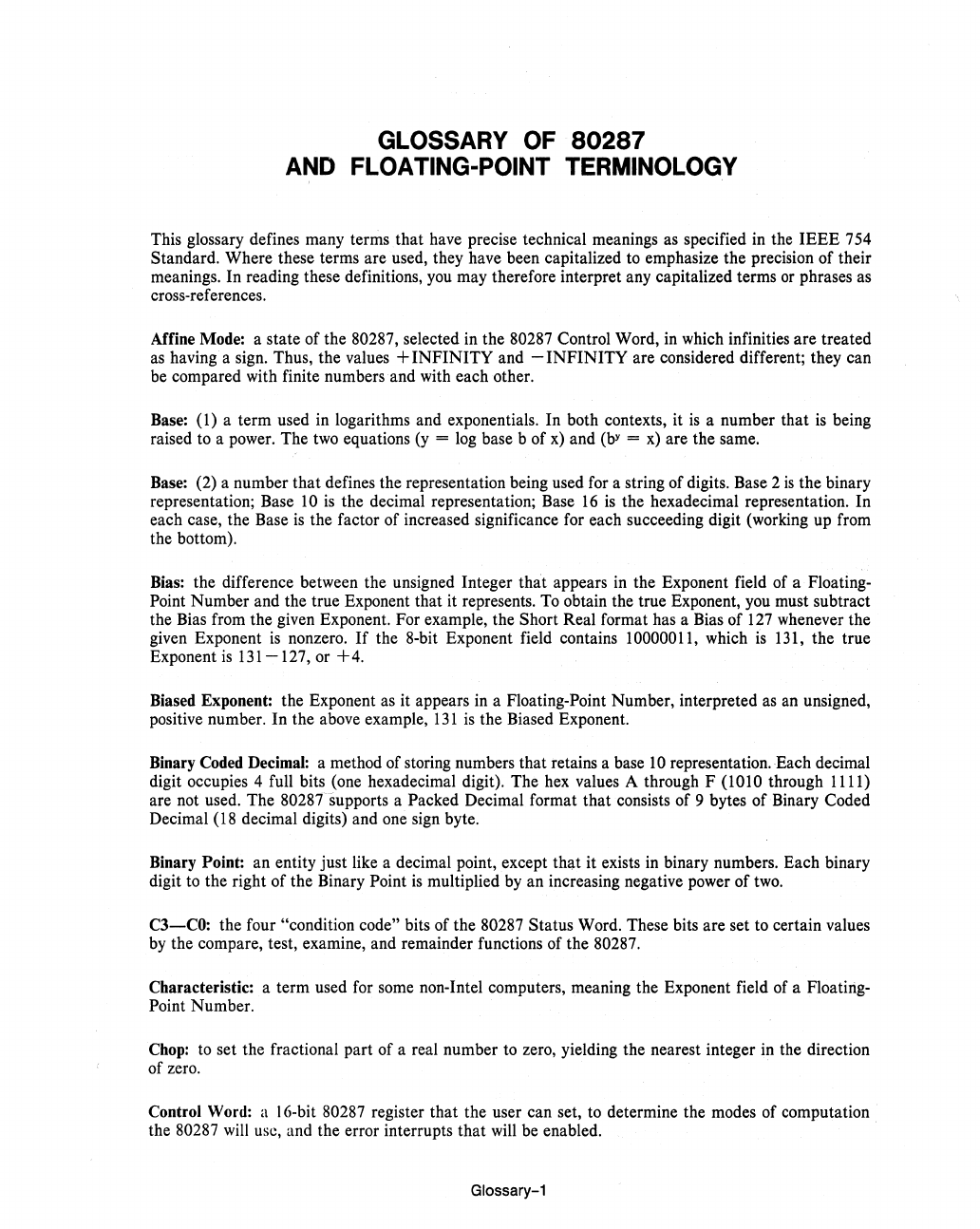
GLOSSARY
OF
80287
AND
FLOATING-POINT TERMINOLOGY
This glossary defines many terms
that
have precise technical meanings as specified in the
IEEE
754
Standard. Where these terms are used, they have been capitalized
to
emphasize the precision of their
meanings. In reading these definitions,
you
may therefore interpret any capitalized terms
or
phrases as
cross-references.
Affine Mode: a state of the 80287, selected
in
the 80287 Control Word, in which infinities are treated
as having a sign. Thus, the values
+
INFINITY
and -
INFINITY
are considered different; they can
be compared with finite numbers and with each other.
Base:
(1) a term used in logarithms and exponentials. In both contexts, it
is
a number that
is
being
raised to a power. The
two
equations
(y
=
log
base b of
x)
and
(bY
=
x)
are the same.
Base: (2) a number that defines the representation being used for a string of digits. Base 2
is
the binary
representation; Base
10
is
the decimal representation; Base
16
is
the hexadecimal representation. In
each case, the Base
is
the factor of increased significance for each succeeding digit (working up from
the bottom).
Bias: the difference between the unsigned Integer that appears
in
the Exponent field of a Floating-
Point Number and the true Exponent that it represents.
To
obtain the true Exponent,
you
must subtract
the Bias from the given Exponent. For example, the
Short Real format has a Bias of
127
whenever the
given Exponent
is
nonzero.
If
the 8-bit Exponent field contains 10000011, which
IS
131, the true
Exponent
is
131-127,or
+4.
Biased Exponent: the Exponent as it appears in a Floating-Point Number, interpreted
as
an
unsigned,
positive number. In the above example,
131
is
the Biased Exponent.
Binary Coded Decimal: a method of storing numbers that retains a base
10
representation. ,Each decimal
digit occupies 4 full bits (one hexadecimal digit). The hex values A through F (1010 through 1111)
are not used. The
80287~supports
a Packed Decimal format that consists of 9 bytes
of
Binary Coded
Decimal (18 decimal digits) and one sign byte.
Binary
Point: an entity just like a decimal point, except that it exists
in
binary numbers. Each binary
digit
to
the right of the Binary Point
is
multiplied
by
an increasing negative power of
two.
C3-CO:
the four "condition code" bits of the 80287 Status Word. These bits are set to certain values
by
the compare, test, examine, and remainder functions of the 80287.
Characteristic: a term used for some non-Intel computers, meaning the Exponent field of a Floatirtg-
Point Number.
Chop:
to
set the fractional part of a real number to zero, yielding the nearest integer in the direction
of zero.
Control Word: a 16-bit 80287 register that the user can set,
to
determine the modes of computation
the 80287
will
usc, and the error interrupts that will be enabled.
Glossary-1



